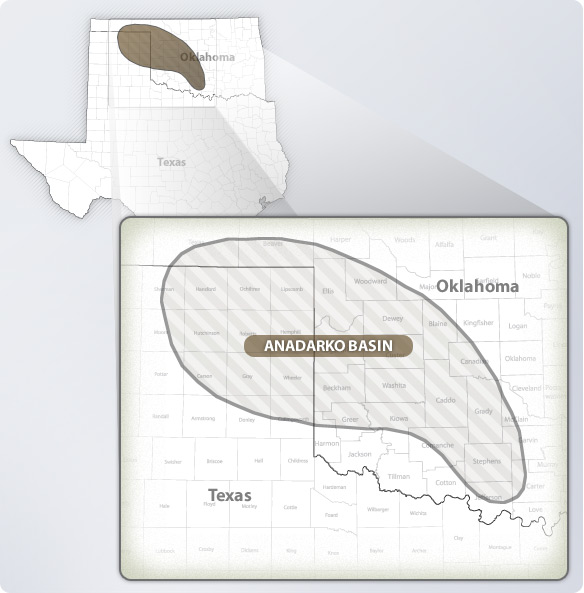Although it would be put on the “List of Get-Rich Quick Promoters” by one investment magazine, the National Union Oil & Gas Company drilled a deep well in Oklahoma’s Anadarko Basin half a century before major discoveries there.
The company filed for incorporation in Oklahoma on August 25, 1916, financing its operations through the sale of stock. By May 1917, the company drilled successful wells in Sumner County, Kansas, with total production exceeding 4,000 barrels.
By February of 1919, World’s Work magazine reported National Union Oil & Gas Company’s capitalization of $1 million – but also placed the company on its “List of Get-Rich Quick Promoters.”
The company nonetheless pursued investors in Custer County, Oklahoma, and spudded a deep test well five miles north of Clinton on February 26, 1920.
“The derrick of the National Union Oil & Gas Company is among the first of the forest of derricks that will likely transform the Custer County landscape,” the Western Oil Derrick newspaper optimistically reported.
Although the company’s 1920 deep-well experiment failed to find an oilfield, in 1979 a well drilled just a few miles away produced natural gas from 24,996 feet. The No. 1 Sanders well was part of the Anadarko Basin natural gas boom.
“For 20th century’s final quarter the basin remains the frontier of deep drilling technology centered on Elk City, ‘Deep Gas Capital of the World,'” notes the According to the Mid-Continent Oil and Gas Association of Oklahoma.

The Anadarko Basin is a geologic feature covering about 50,000 square miles in west-central Oklahoma and northern Texas.
“The shallow horizons of Greater Anadarko account for much of this nation’s proved gas reserves,” the association adds. “The Deep Anadarko Basin of Western Oklahoma is one of the most prolific gas provinces of North America.”
Expanding operations in 1921, the National Union Oil & Gas board of directors proposed acquisition of the Modern Refining Company, which owned a 1,000 barrel a day refinery in Blackwell, Oklahoma. This required an increase of capital stock to $250,000 and a one-for-one exchange of shares with Modern Refining Company.
Still seeking new oil production, the company drilled two wells in the town of Oxford, Kansas, sharing the risk with several companies for one of the wells. The other, the Collins No. 1 well, was near the corner of today’s West College Street and North Sumner Avenue. Few details remain about either well.
In July, August and September 1922, National Union Oil & Gas produced a total of 7,572 barrels, according to Oil Weekly. Meanwhile, dozens of major discoveries were occurring in the area around Seminole, Oklahoma, and in the Texas Permian Basin. Learn more in Greater Seminole Oil Boom and Santa Rita taps Permian Basin.
As late as February 1925, the Oklahoma City company was still actively pursuing leases, paying $40,000 for one valuable 80-acre parcel. Litigation apparently followed in 1933. Thereafter, the research trail goes cold. Online collectors offer the obsolete National Union Oil & Gas stock certificates for sale.
The stories of many exploration companies trying to join petroleum booms (and avoid busts) can be found in an updated series of research in Is my Old Oil Stock worth Anything?
AOGHS.org welcomes sponsors to help us preserve petroleum history. Please support this energy education website with a donation today. Contact bawells@aoghs.org for information on levels and types of available sponsorships. © 2018 AOGHS.


